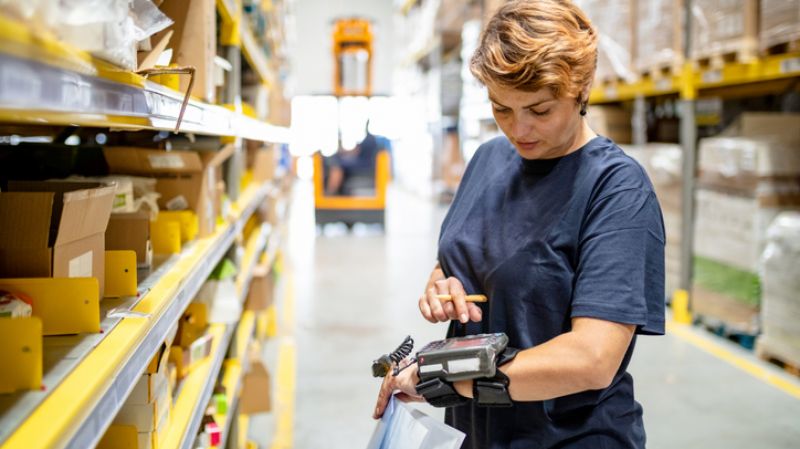Research Brief: Why You Can’t Be Trusted to Restock Your Shelves
By relying on intuition to make inventory decisions, firms are leaving up to 20 percent of their profits on the warehouse floor

What Did The Study Look At?
If you’re a retailer or wholesaler, managing your inventory is one of those essential skills that can turn a black bottom line to red. Running low on stock, you run the risk of losing sales to a competitor. Overstocked and you increase the chance that items have to be written off because they go out of style or are damaged. Either way, inefficiency is painful.
Many firms continue to rely on humans (and their lovable biases) to make inventory decisions despite a growing number of studies proving that science-based management systems do a better job. But most of this research does not account for the behavioural factors of how firms adjust their decisions in a competitive setting.
This lab-based study compared a “behavioural” competitor — where a human places orders — and a management science-driven competitor, and evaluated their performance based on resulting profits.
How Was The Study Designed?
The study was based on lab experiments and a simulation. The subjects were university students. One group made re-stocking decisions for its “firm” based on intuition and business sense, while a competing group used one of three science-based models for its decisions. The firms were pitted against one another: selling price, purchase costs, and customer demand were identical, so the only decision was how much stock to order. The experiment was designed so that fictional consumers could first visit their preferred firm, but if the product they wanted was unavailable they could go to the competitor and attempt to purchase it there.
What Did The Study Find?
- The average expected profits of the science-driven competitors were 15 to 20 percent higher than those earned by their behavioural competitors.
- If they adopted a science-based approach, firms could increase their profit by 7 to 10 percent while their competitors would experience a decrease of 6 to 9 percent.
What Do I Need To Know?
For firms relying on managerial intuition for inventory stocking, the results are eye-opening. Many of these firms may acknowledge that they can do a better job by using science-based models but still not believe it is worth changing their management systems.
Previous studies, for example, have pegged the loss of expected profit at between 1 and 5 percent. Those studies, however, considered isolated firms in local monopolies. This study, which is based on a more realistic competitive situation, puts the figure at 15 to 20 percent. That’s a lot of profit left on the warehouse floor.
“This difference in profits appears to be fundamentally driven by the biased decisions of individuals and the subsequent demand and ordering responses triggered by such decisions, rather than by the sophistication of the competitor’s policy,” the researchers noted.
For firms that make procurement decisions the traditional way, the problem seems to start with the bias to underorder. This bias is costly; not only does it deprive the firm of sales, it also drives up the sales of competitors who can meet the unfulfilled demand. And a customer lost once may be a customer lost forever.
Title: Behavioral Ordering, Competition and Profits: An Experimental Investigation
Authors: Bernardo F. Quiroga (School of Management, Pontificia Universidad Catolica de Chile), Brent Moritz (Smeal College of Business, The Pennsylvania State University), Anton Ovchinnikov (Smith School of Business, Queen’s University)
Published: Production and Operations Management (article in press, early online release April 13, 2019)
—Alan Morantz